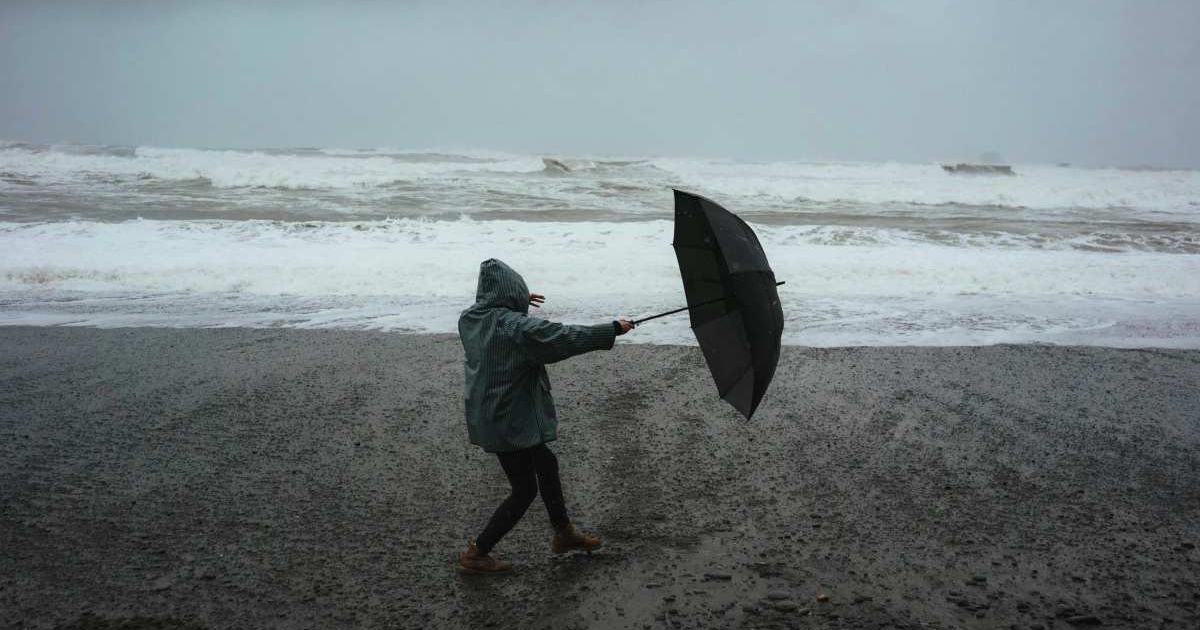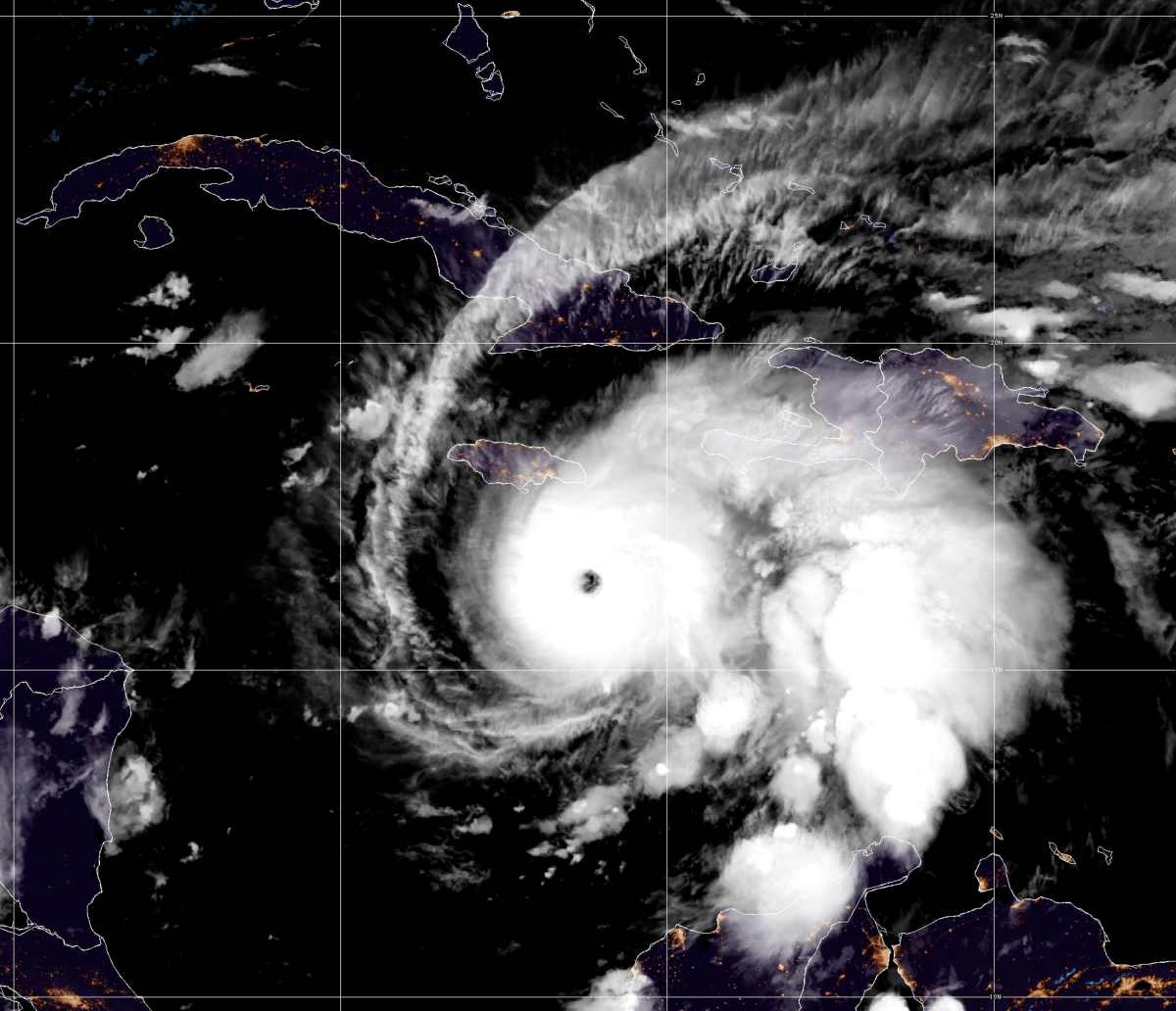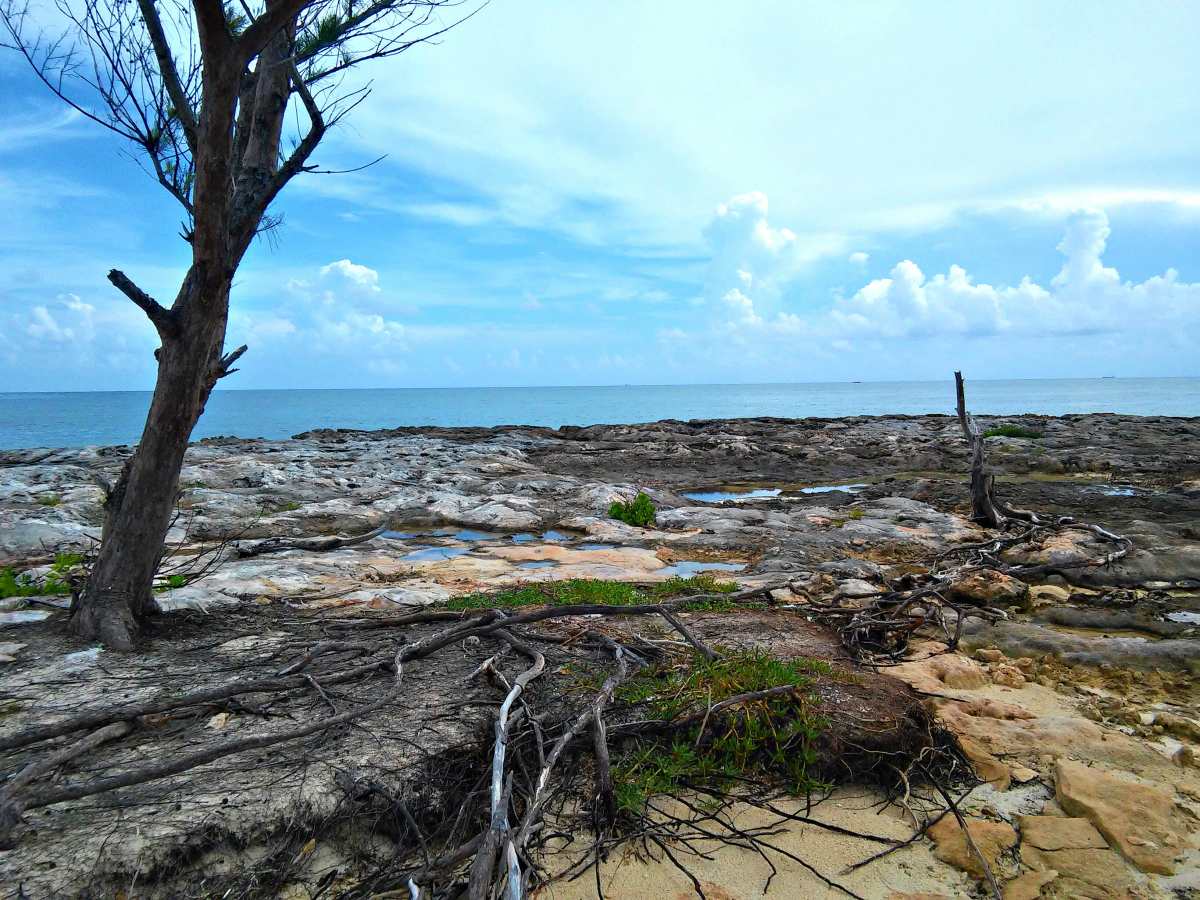Climate Change Is Making Hurricane Melissa Stronger — Jamaica Braces for Severe Impact

Hurricane Melissa is growing monstrous with time. The dreadful disaster is headed to strike Jamaica, marking the most powerful storm the nation has ever witnessed. Starting as a tropical storm, Melissa transformed into a Category 4 hurricane and is now inching closer to Category 5 strength, according to the Associated Press. The catastrophic event is predicted to cause massive landslides, flood damage, prompting authorities to order the mandatory evacuation of areas vulnerable to the storm.

An estimated 40 inches of destructive rain and wind, exacerbated by 9 to 13 feet of storm surge, is expected to wreak havoc on the Jamaican capital, Kingston. “Seek shelter now. Damaging winds and heavy rainfall today and on Monday will cause catastrophic and life-threatening flash flooding and numerous landslides before the strongest winds arrive Monday night and Tuesday morning,” the National Hurricane Center announced on Sunday, October 26. Jamaican authorities also confirmed the closure of international airports during a press conference in Kingston, as per The Guardian. They have also activated approximately 881 shelters to provide aid to those affected by the disaster.

Desmond McKenzie, the Minister of Local Government, spoke about the possible damage the storm could cause to local communities. “Many of these communities will not survive the flooding. Kingston is extremely low. No community in Kingston is immune," he said. “I urge Jamaicans to take this weather threat seriously. Take all measures to protect yourself,” said Jamaica’s prime minister, Andrew Holness. Kingston won't be the only area prone to major flooding and rain caused by Hurricane Melissa. Haiti and the Dominican Republic will be equally affected by the disaster.
According to recent reports, at least three people have already died in Haiti. The storm is expected to hit eastern Cuba on Tuesday and will continue till the next day. The Southern Bahamas and Turks and Caicos Islands will later be affected by the storm. A slow-paced storm combined with rapid intensity makes it a deadly hurricane, as per experts. Massive infrastructure damage, loss of power, and communication outages, climate change, and impact on the local communities of Jamaica are some of the major destruction the hurricane is predicted to bring.

Melissa is officially a massive hurricane. On Sunday, the recorded wind speed of the storm was 145 mph, which is more than twice the speed recorded a day before, per the Washington Post. Around 35 mph over 24 hours is the threshold for a storm to be considered rapid, and Melissa has clearly surpassed that, officially earning the title of a rapidly growing hurricane. Last weekend was far from relaxing for the people of Jamaica as they prepared to move to shelters to keep themselves protected. The last time the Caribbean islands experienced such a devastating storm was last year's Hurricane Beryl, which killed at least 7 people.

“People are scared because we had Hurricane Beryl last year,” said Sashana Small, a reporter for the Kingston-based newspaper, Gleaner. “They are taking this one pretty seriously," he added. The 2024 hurricane was a lesson for the residents and authorities, helping them better prepare to face the storm this time. Plans to restore essential services like hospitals and airports are already being laid out. At a recent conference, Jamaica’s minister of water, environment and climate change, Matthew Samuda, said, “We are more resilient this year than last year. But this is a bigger storm than last year, and this is a potential direct hit."
More on Green Matters
Thanks to Climate Change, Hurricanes Are Getting Stronger: Should There Be A New Category?
As Storms Get Bigger and Stronger, This Florida City Could Be a Safe Haven from Hurricanes
Flooding and Climate Change: A Mutually-Destructive Connection